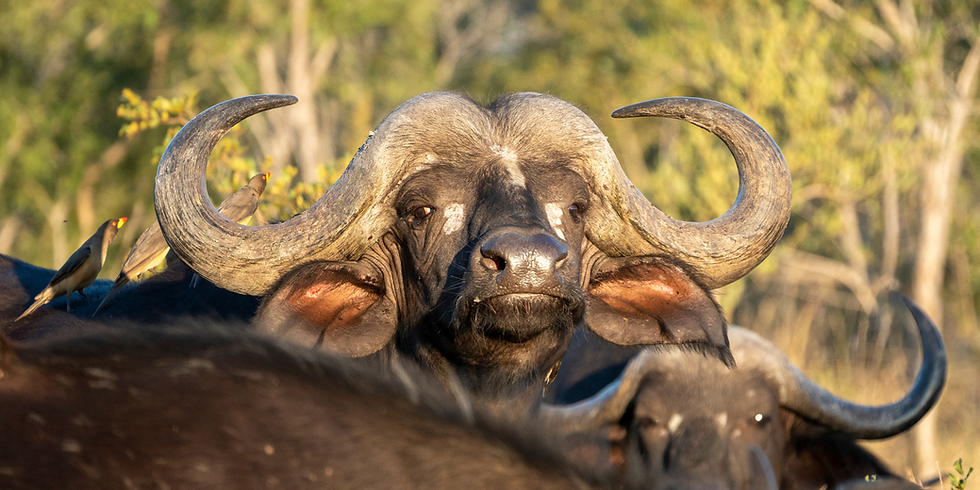Why Cheetahs Belong to Acinonyx, Not Panthera
- Erin Herbst
- Aug 22
- 2 min read
Cheetahs are often lumped in with other big cats, but the reality is that they have very little in common with lions, leopards, and jaguars. What may look like a close relationship is mostly superficial. Under the surface, cheetahs follow their own evolutionary path, with unique adaptations that set them apart in almost every way. Genetic studies confirm that they split from the Panthera lineage millions of years ago and have been on their own branch of the cat family ever since, evolving features optimised for one particular purpose: running.

One of the clearest differences is in their voice. Lions, tigers, leopards, and jaguars can roar because of a specialised larynx with an elastic ligament that amplifies deep sounds. Cheetahs lack this structure and cannot roar. Instead, they purr, chirp, yowl, and make bird-like trills. These sounds are used for communication, especially between mothers and cubs, but a deep, resonant roar is impossible for them.
Claws provide another stark contrast. Panthera cats have fully retractable claws, which they keep sheathed until needed for climbing or capturing prey. Cheetahs have semi-retractable claws that stay partially exposed, giving them traction like natural cleats. Their paws are narrow with hard pads and raised ridges, all contributing to exceptional grip during high-speed sprints. This design, combined with a lightweight frame, allows cheetahs to accelerate from zero to nearly 100 kilometres per hour in just a few seconds.

Their skeletal structure reinforces this specialisation. The spine is highly flexible and acts like a spring, extending and contracting with each stride. Their shoulder blades are unattached to the collarbone, allowing their front legs maximum reach. Long, slender limbs, a narrow waist, and lean musculature all maximise stride length and frequency. The small head and large nasal passages improve oxygen intake during sprints. Unlike lions that rely on strength or leopards that rely on stealth and power, cheetahs rely on explosive bursts of speed and precise timing to catch prey.
The coat of a cheetah is also distinctive, with 2,000 odd solid black spots breaking up their outline in grasslands, providing camouflage during stalking. Cheetah cubs also have a unique appearance with a silvery-grey mantle of longer fur along their backs, which helps conceal them from predators during the early months of life.

Their social behaviour sets them apart further. Female cheetahs are largely solitary, except when raising cubs, while males may form small coalitions, usually composed of brothers. They rarely climb trees or hoist kills like leopards, and hunt primarily during the day to reduce competition with larger nocturnal predators, relying on speed rather than brute strength.
Cheetahs are a study in efficiency and focus. They demonstrate that being different from your family does not mean being inferior. Their design prioritises speed, endurance, and survival, making them one of the most remarkable predators in the animal kingdom.

Next time you’re lucky enough to see a cheetah, take notice of the semi-retractable claws, the long, spring-like stride, and the chirps that punctuate their hunt. Every detail is a sign of a species that belongs to a genus all its own, not a lion, not a leopard, not a jaguar, but something entirely exceptional.
If you want to experience wildlife like the cheetah firsthand, explore Bushwise’s wildlife courses and learn from experienced guides in the African bush.



